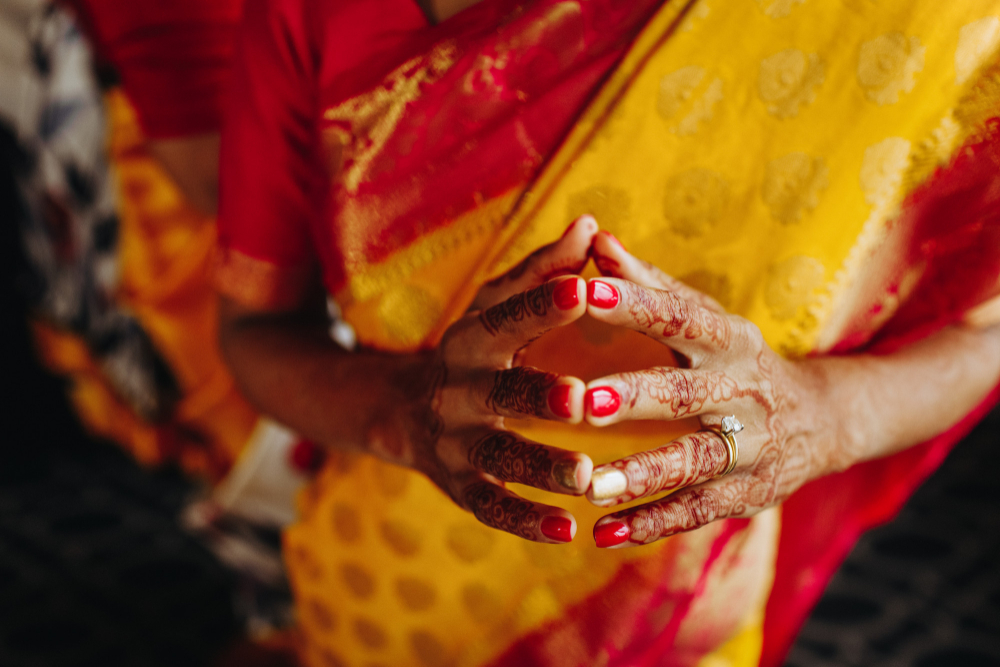Indian weddings are a hugely complicated usually expensive grand affair. Like weddings in other cultures venue hire, decoration, entertainment and catering are among the many services which need to be arranged for the wedding day.
To match the spectacular surroundings and delicious food prepared for the day the bride must look her best on the day not only for herself and her groom but for all the guests as all their eyes will be on her, on this special day.
The lady guests especially will be keen to examine her choice of jewellery and Indian wedding dress. Indian bridal fashion varies from bridal lehenga, bridal saree and traditional bridal suit. Choice of wear is usually purely dependent upon the brides likes and dislikes although religion and family preference can influence the brides choice. The bridal lehenga a long dress like outfit with matching bottoms is a common choice especially with Punjabi brides whereas sarees are preferred by gujrati and hindu brides.
Indian bridal fashion comes in a variety of colours most commonly red, pink and green. However over recent times brides have also experimented with mint, magenta and even golds. Bridal fashion in India utilises a vast array of fabrics and cloths including silks, crepe, kengi and many others. The outfits themselves are designed very traditional to ultra designer all dependent upon the brides personal choice.
More and more designs are entering the bridal market these are exciting times as brides strive for individuality on this the most important day of their lives.
The lehenga is probably the most popular choice for the indian bride it’s origins date back to the Mughal era where it was favoured by the upper and royal classes of the time. It was considered to portray a woman’s femininity and beauty in the most modest and respectful manner. Hence although the lehenga has undergone some change over time it is still favoured by most brides on a day when they wish to look their most beautiful but in a modest manner especially during religious ceremonies. sprunki horror Endless Fun Awaits!
